Milky Way Houses Up To 100 Million Black Holes, With Big Implications For LIGO

That number is far bigger than anyone expected, but physics doesn’t lie.
“Our first priority was making sure we weren’t fooling ourselves.”
–Keith Riles, LIGO team member
How many black holes are there in the Milky Way? This straightforward question has proven extremely difficult to answer, since black holes are so difficult to directly detect. However, scientists not only have developed indirect methods for locating and even weighing them, we also understand how the Universe forms them: from stars and stellar remnants. If we can understand the different stars that existed at all different times in our galaxy’s history, we should be able to infer exactly how many black holes — and of what mass — exist in our galaxy today. Thanks to a comprehensive study by a trio of researchers from UC Irvine, the first accurate estimates of the number of black holes found in Milky Way-like galaxy have now been made. Not only is our galaxy filled with hundreds of billions of stars, but we also are home to up to 100 million black holes.

This is all the more remarkable when you consider that it wasn’t so long ago — back in the 1980s — that scientists weren’t yet certain that black holes existed. The best evidence we had came from X-ray and radio emitting sources that exerted a gravitational influence that exceeded that of neutron stars, and yet had no optical or infrared counterpart. Subsequently, we began measuring the motions of stars at the galactic center using multiwavelength astronomy, revealing that they appeared to orbit a large mass that needed to contain about four million Suns’ worth of matter. Consistent with other observations of more active galaxies, we now believe that every massive galaxy, including our own, contains a supermassive black hole.
Although these are the most massive black holes, they’re not the most common. In fact, the Universe has three ways of forming them, all owing their origin to massive stars:
- When a star above a certain critical mass, perhaps 20-to-40 solar masses, runs out of nuclear fuel in its core, it ends its life in a Type II supernova explosion, with its core collapsing down into a black hole.
- Under different circumstances, a massive star (also above around 20 solar masses) can directly collapse into a black hole, without any supernova signal (or blowing off its outer layers) at all.
- When two neutron stars merge or collide, about 3-to-5% of its mass gets ejected into the interstellar medium, with the rest going into forming a black hole.
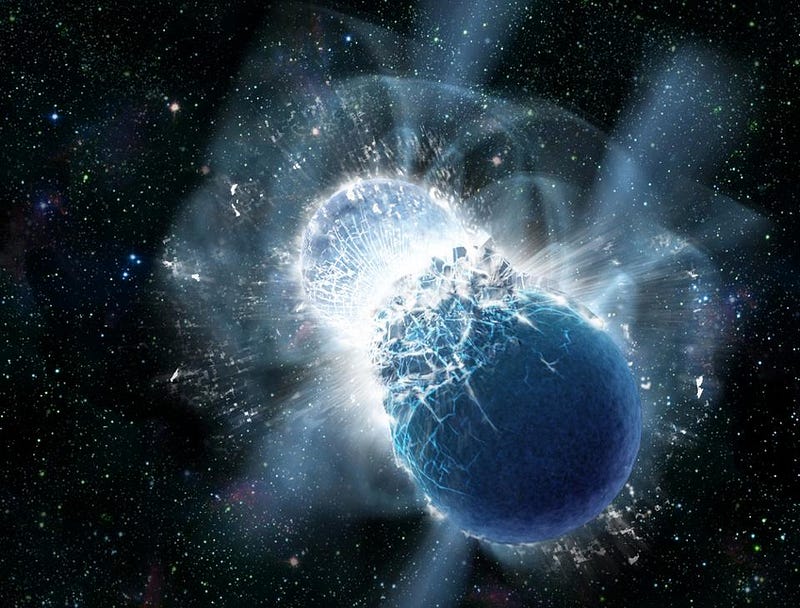
It stands to reason, then, if we can figure out how galaxies formed, grew, and created stars over their history, we can run simulations that can tell us approximately how many black holes should exist in a galaxy of any size and merger history. That’s precisely what the work of Oliver D. Elbert, James S. Bullock, and Manoj Kaplinghat has recently attempted to do. What they found is that there are three questions you need to know the answer to in order to come up with an estimate for black holes:
- What is the total mass of the galaxy?
- What is the total mass-in-stars of the galaxy?
- And what is the metallicity of the galaxy? (i.e., what percent of the galaxy’s mass is elements heavier than hydrogen and helium?)
If you can observe and/or reconstruct these three properties, you can pick out not only how many black holes are inside, but what the typical masses of those black holes are.
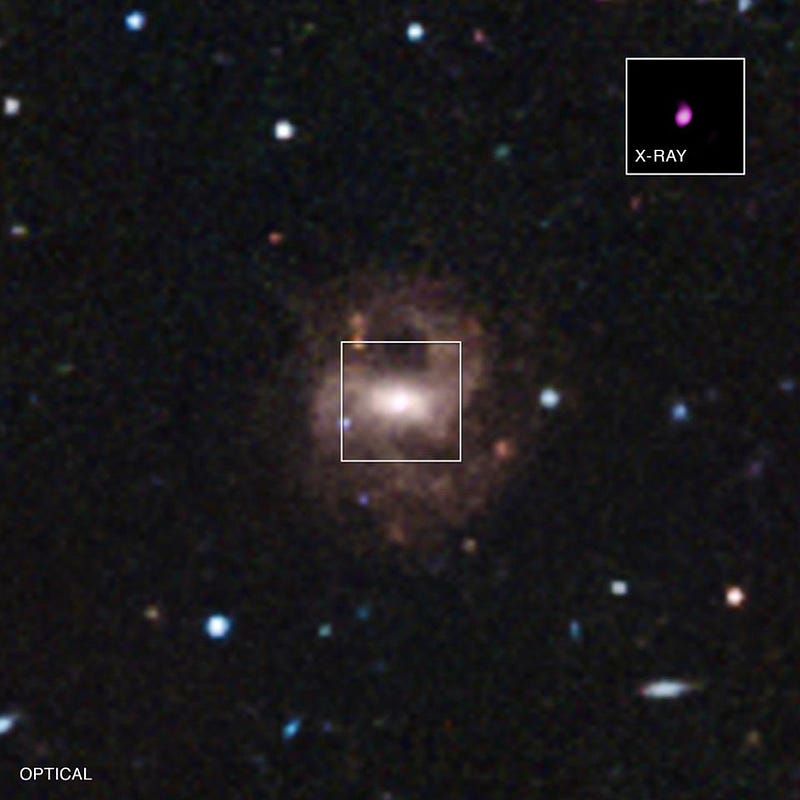
What they found is a little bit counterintuitive. Most of the smaller black holes (around 10 solar masses) are found in Milky Way-sized galaxies, but larger ones (of around 50 solar masses) are more likely to be found in dwarf galaxies, with just 1% the mass of our own. According to lead author Oliver Elbert,
Based on what we know about star formation in galaxies of different types, we can infer when and how many black holes formed in each galaxy. Big galaxies are home to older stars, and they host older black holes too.
The reason for this has everything to do with the fraction of heavy elements that are present within.
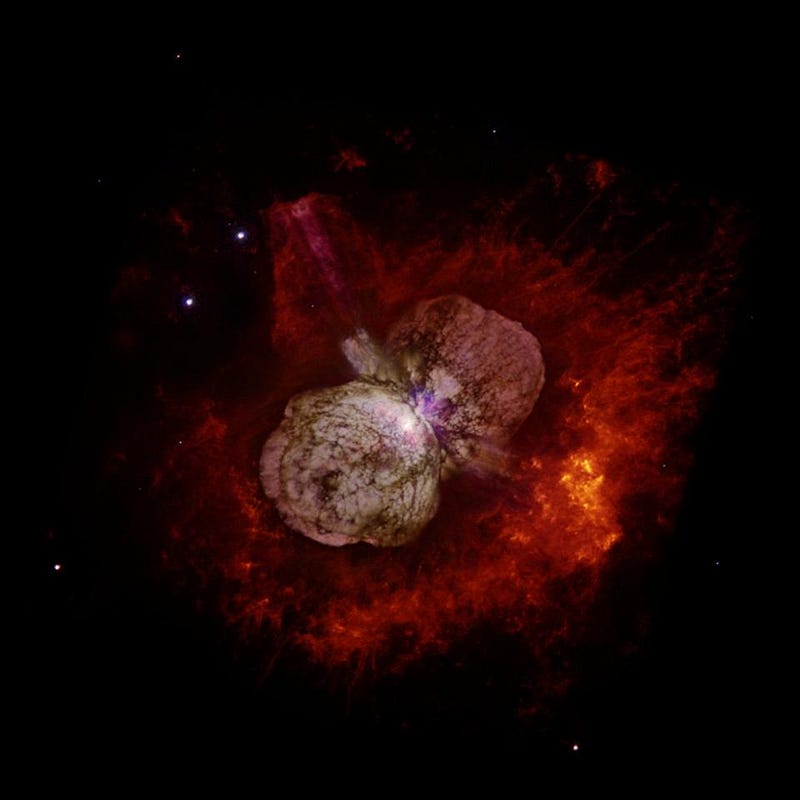
When you form a massive star, it doesn’t necessarily remain massive forever. The physics of stellar evolution means that many stars lose mass over time through ejection events. The heavier the elements present within it, the more likely a star is to lose mass, and therefore you’re more likely to form lower-mass black holes as a result. In a Milky Way-like galaxy, there are lots of heavy elements, particularly as more and more generations of stars form. But in a low-mass dwarf galaxy, there are far fewer heavy elements, meaning that the black holes which do form are likely to be biased towards heavier masses.
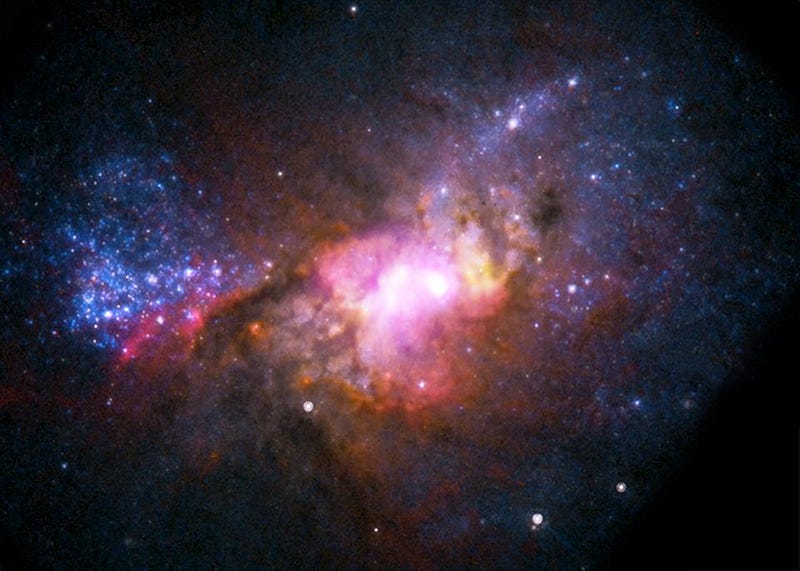
But it’s important to note that this is on average; in reality, black holes of many different masses should appear in all types of galaxies. The big question that we’re finally answering, now, is what the mass distribution of these black holes is likely to be in each galaxy. According to coauthor James Bullock,
We have a pretty good understanding of the overall population of stars in the universe and their mass distribution as they’re born, so we can tell how many black holes should have formed with 100 solar masses versus 10 solar masses. We were able to work out how many big black holes should exist, and it ended up being in the millions — way more than I anticipated.
The extreme abundance of these massive black holes holds tremendous implications for explaining the black hole-black hole mergers that LIGO has recently discovered.
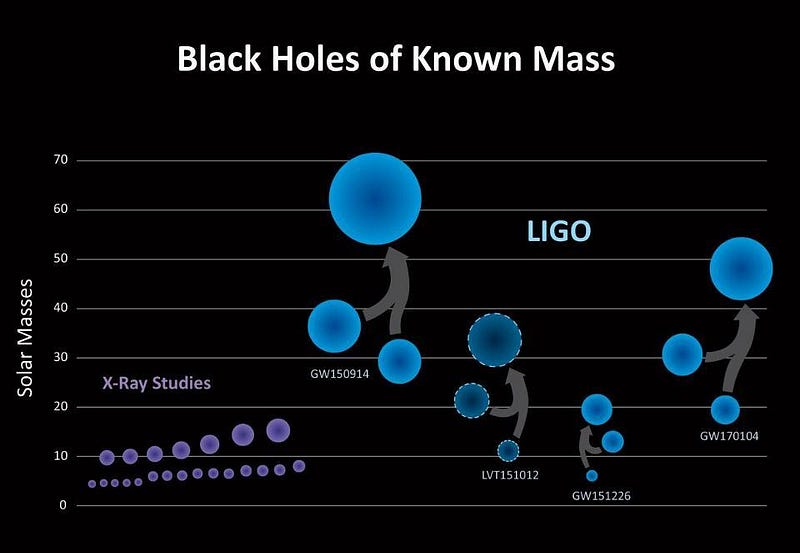
Prior to LIGO, it wasn’t expected that black holes of ~30 solar masses would inspiral and merge into one another, yet LIGO has taught us that these mergers are likely ubiquitous. With so many black holes predicted by this latest work, it tells us that what LIGO’s seen so far likely isn’t particularly special or out-of-the-ordinary. Coauthor Manoj Kaplinghat noted that, with so many black holes, only a small fraction need to be in merger-ready orbits to explain the LIGO signals. “We show that only 0.1 to 1 percent of the black holes formed have to merge to explain what LIGO saw,” Kaplinghat said.
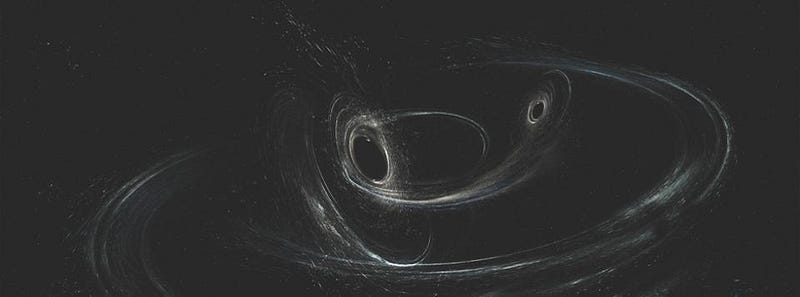
The next step for astronomers will be to try and cross-correlate the gravitational wave signals with optical signals, in an attempt to pin down which galaxies these various mergers and signals occur in. Over the next decade, if the event rates are in line with this new study, we should expect to see black hole-black hole mergers where one member may be as massive as 50 solar masses. In addition, we should start to be able to discern whether these black holes of higher masses are preferentially clustered in smaller galaxies, as predicted, or whether the larger galaxies dominate after all.
With 100 million black holes in our galaxy alone, and with hundreds of billions of Milky Way-sized galaxies in the Universe, it’s only a matter of time before our technological and scientific progress answers these questions. Thanks to this latest work, the remnants of massive stars are more illuminated than ever before.
Ethan Siegel is the author of Beyond the Galaxy and Treknology. You can pre-order his third book, currently in development: the Encyclopaedia Cosmologica.





